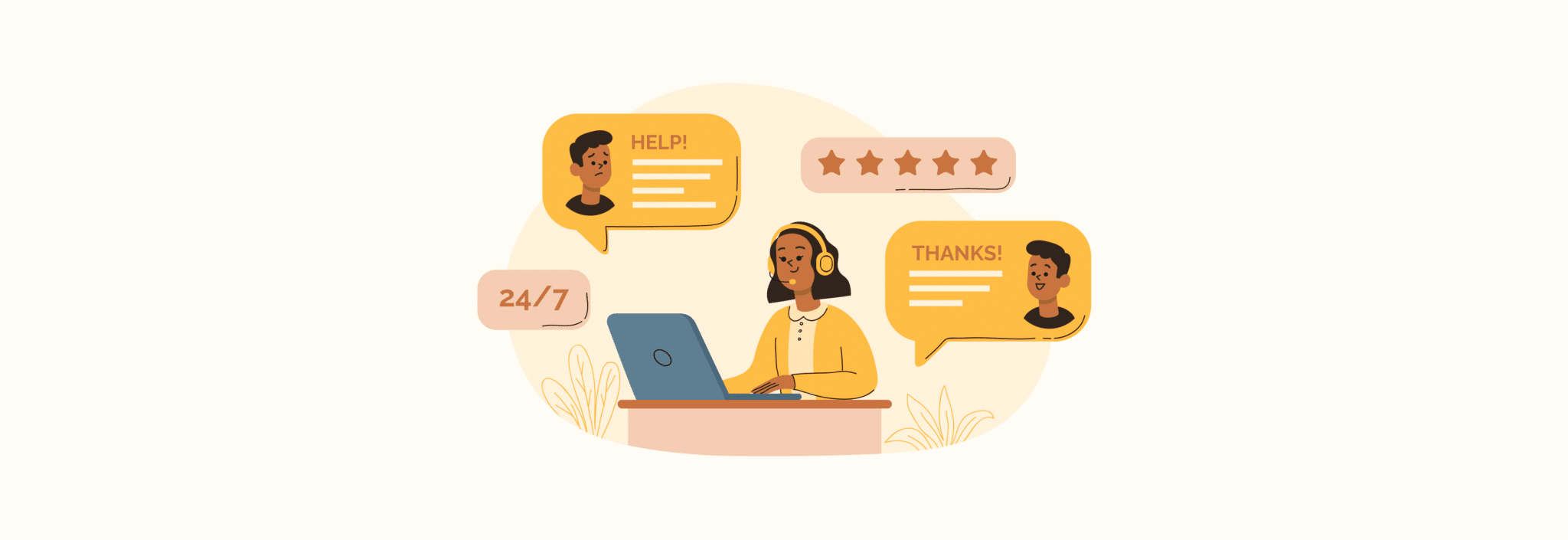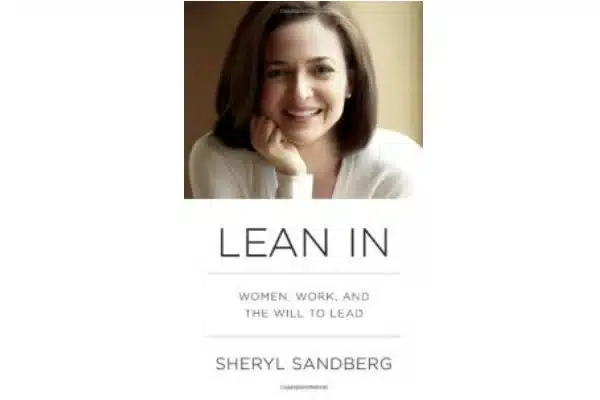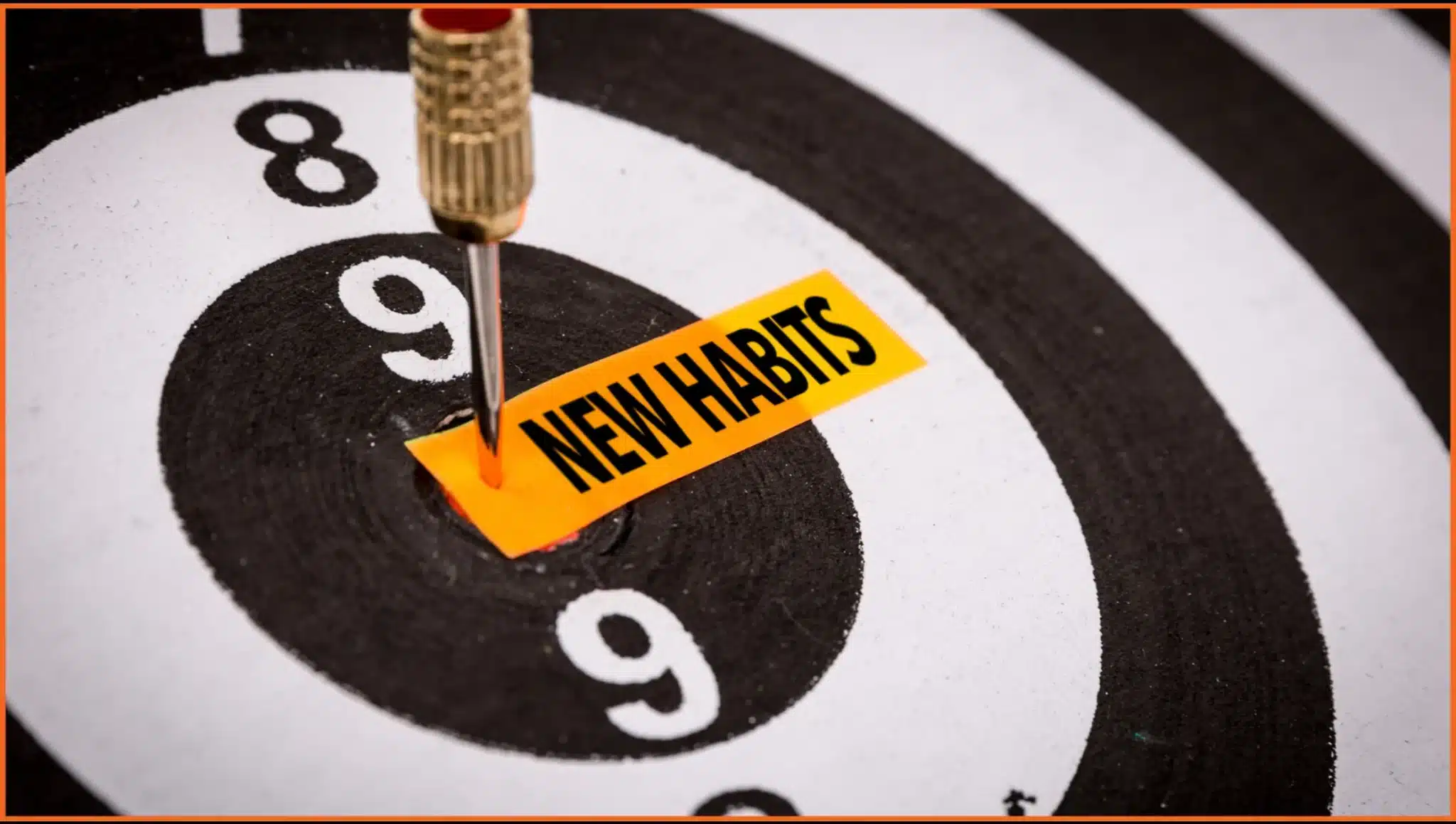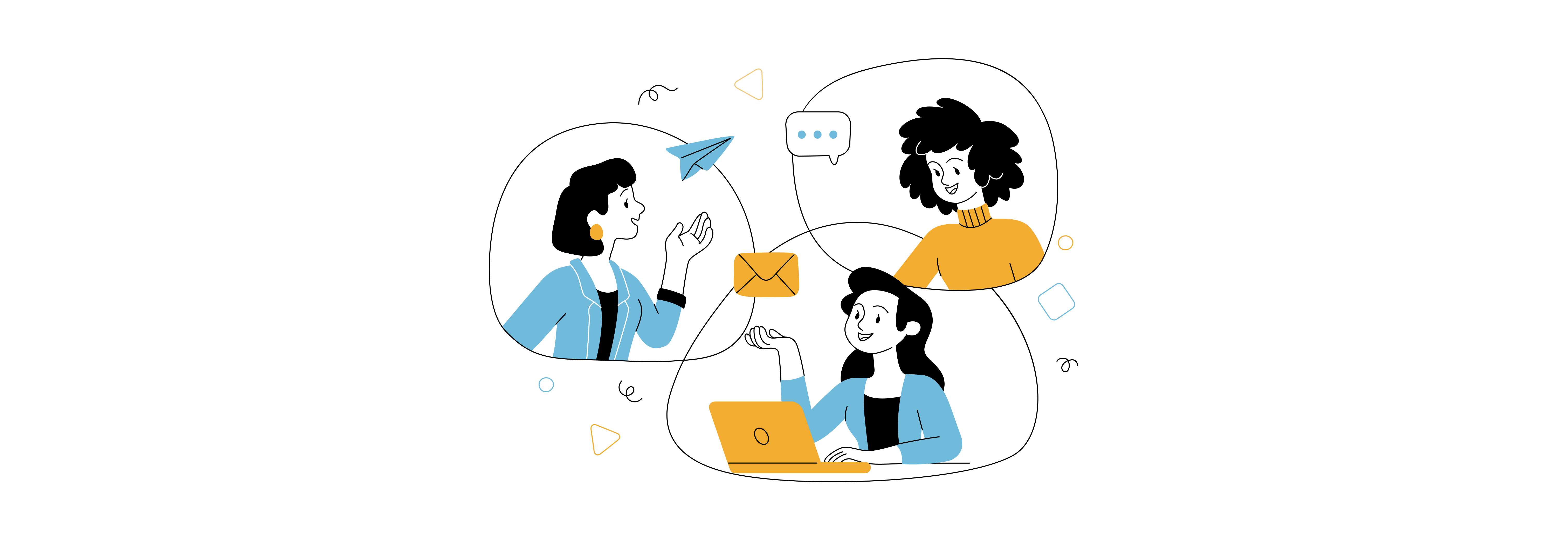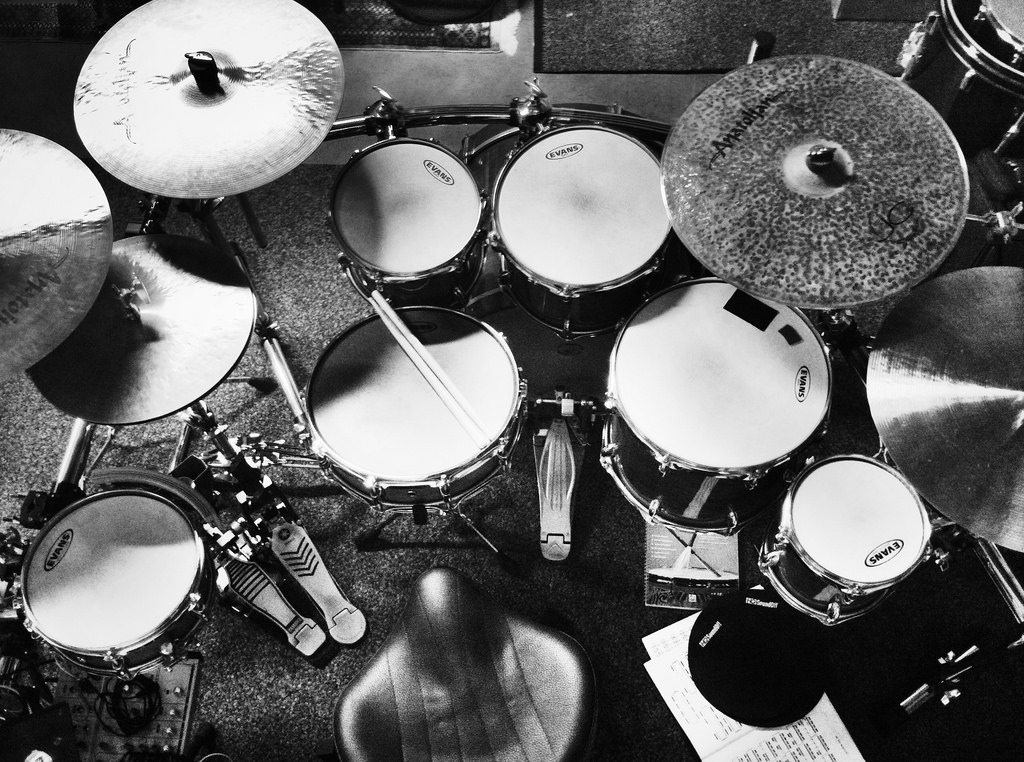
Learning to play an instrument is quite an enriching journey. Regardless of the instrument, there are a myriad of emotions one goes through, or at least I did. They range from happy to sad and even disgust – trust me! Thanks to my elder brother, my musical journey began approximately 9 years ago. Due to his playlist, I heard “Nothing else matters,” by Metallica and immediately decided I wanted to learn how to play it. Over the years of playing and still learning, I’ve realised that the most important quality for learning any instrument is simply, patience.
Cut to the present and now I’m a decent guitarist with a band writing original music. Song writing is tough, but it’s a nice way of hearing other instruments in your head. Am I good at it? I can’t say for sure but there is one instrument – drums, which caught my attention. Why? Because of a concept called “drum fills” (ba dum tss!).
The Phil Collins classic “In The Air Tonight” has a solid drum fill that you cannot miss. So while I taught myself (hello YouTube!) how to play the drums, I spent quite some time figuring out how to play these fills. This also made me question why musicians play a fill? What is the reason for it’s existence? Is it because it is cool? Is it to make the drums more interesting? Is there even a musical reason for it? Basically, my point is that a fancy difficult sounding fill isn’t always the right fill. The fill should fit the music; sometimes it is long, other times it’s not. It accentuates and bridges together those tiny gaps and spaces and fills them in quite beautifully. Notice how I said tiny gaps. Yes, a fill doesn’t need to be long.
When I think about all of this, I see a pattern, and my mind is blown at the connection we’ve made. In our professional lives, we talk a lot about work-life balance. So many times in our lives, we come across problems that, at the time, seem either extremely big or very tiny to us. We immediately go about filling these in with a range of emotions. But if like drum fills, we were to step back and view or listen to how this impacts the grand scheme of what we have in hand, we realise what is required at that point. We may be wrong at times, but with patience and mindfulness we can learn what we bring to the table. Sometimes there needs to be a pattern break, a long drawn out fill, which emphasises a certain aspect or tiny little fill which makes us wonder, “why did this take up so much of thought?”
Being a part of experiential learning workshops has helped me observe where these gaps open up and how we fill them in. Experience and reflection are the best teachers in this case, opening our minds to more possibilities. This is definitely something that can be learnt through practice and as I had mentioned earlier, patience.



